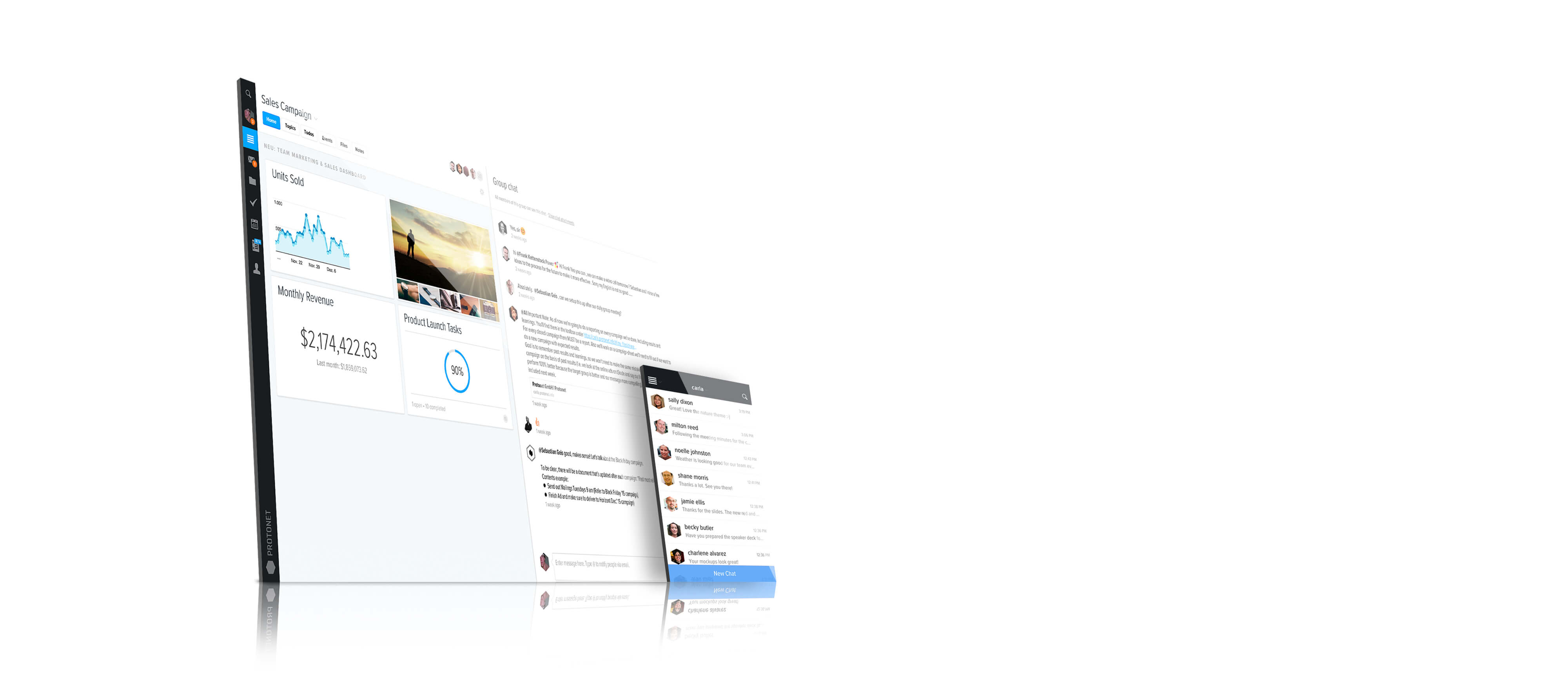How to get 10 million Euro media reach without having „real“ press people
Von Protonet Team. Veröffentlicht 27. Februar 2014.
Press work is very important. As a matter of fact, press is probably one of the most important things you have to be good at when you are working on a low marketing budget, just like we at Protonet do. Next to the actual visibility of your company/product, it puts extra power on your online marketing efforts, reveals the difference between your self-image and how your customers see you and might help you connecting to talents and investors.
However, there are many ways you will be able to really make a false landing. So we thought we’d share some stuff with you that brought us a media equivalent of nearly 10 million Euro without using a PR agency or “real” PR staff.
1. You actually have to have news.
The best moment to approach media is when something new has happened/is about to happen. It could be a brand new product, an expansion- or funding announcement, a strategy-change, a big (!) partnership etc. This will give the journalist the opportunity to share something new with his audience. And if he can share something new, he’ll get people to click on that Twitter-/Facebook-Link, which is directly linked to the journalist’s success.
2. Your news have to be worth spreading.
Something like a new office table, internal revenue goals, a new employee etc. will probably not make it to the papers. This is content you can share on social media accounts or with your customers. But it does not have relevance for people who are outside of your network. It might be a waste of time to write that press release.
3. Tell a story.
This is relevant if you do not have news: Let the people know more about your background. Tell them why you are building this product (we think industry X will change). Again, the journalist is looking for something worth writing about. A portrait will probably not be picked up fast, but it is always something you can tell. Especially small newspapers are interested in unique content which they can provide to their audience. Have an idea about what they could write about. You choose your HQ to be in Nurnberg and not Berlin? Tell a local newspaper – you have something in common. This probably won’t have a huge impact, but as we all know, small things add up.
4. Know how to interact with your target.
If you drop your press release or story-idea into a journalist’s mailbox you have to know how to “say hi”. This line has the point already: have a target. A mail distributed to 100+ people in bcc is the wrong way to interact – do some research on his/her latest articles, find a matching point and refer to it. It is much more time consuming, but it will 99%ly pay off better in the end. Think about how you react to mass-mails. Oh, and intros by other people are great as well. It’s ok to be critical, of course.
5. No huge e-mails.
Don’t do 1500 character mails. Keep it short. Imagine the amount of PAs, mails and Tweets a journalist gets every day. Say hi, share your news in the subject line and have one or two info’s ready. The journalist has a pretty good sense about what he/she will like and what not. Don’t worry about the case of “too little information provided” in the mail itself. If a story is worth sharing, the journalist will start turning the monologue into a dialogue.
6. Say thanks.
Easy rule. Once an editor has published a piece of work, be thankful. Tweet it, post it, let everybody know who has written it. Also write a little personal thank you mail in the case you feel it’s good work. Everybody likes to hear that.
7. Show a demo.
If you have a cool demo, a piece of hardware or similar, make it available.
Let’s hope this helps. It works well for us.
It might also help to get different opinions. Mike Butcher from TechCrunch has released something pretty cool for an easy entry on the understanding of a journalist work on SlideShare.
Vorheriger Artikel

Agenturen, räumt einen Büroplatz für Protonet frei!
Nächster Artikel
